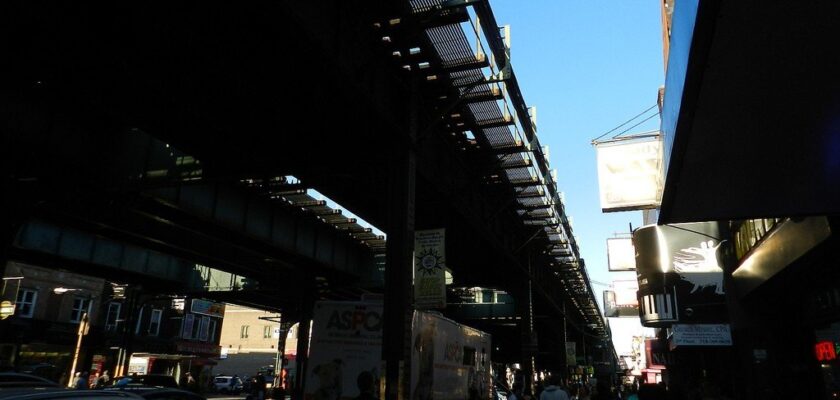Brighton Beach
Brighton Beach is perhaps the most Russian-speaking neighborhood in New York City. It is here that the cultural center for Russian-speaking residents is located, a large number of Russian restaurants, cafes, stores, etc. are concentrated. In this neighborhood you can hear Russian speech everywhere, as it is home to the largest Russian-speaking community, mostly consisting of natives of the former Soviet republics. Because of the large concentration of migrants from the resort city of Odessa, this neighborhood is tacitly called “Little Odessa”. Settlers from the USSR began to come here after perestroika and the collapse of the USSR in search of a better life. The low cost of rent and good transport links to other parts of the city made Brighton Beach attractive to migrants.
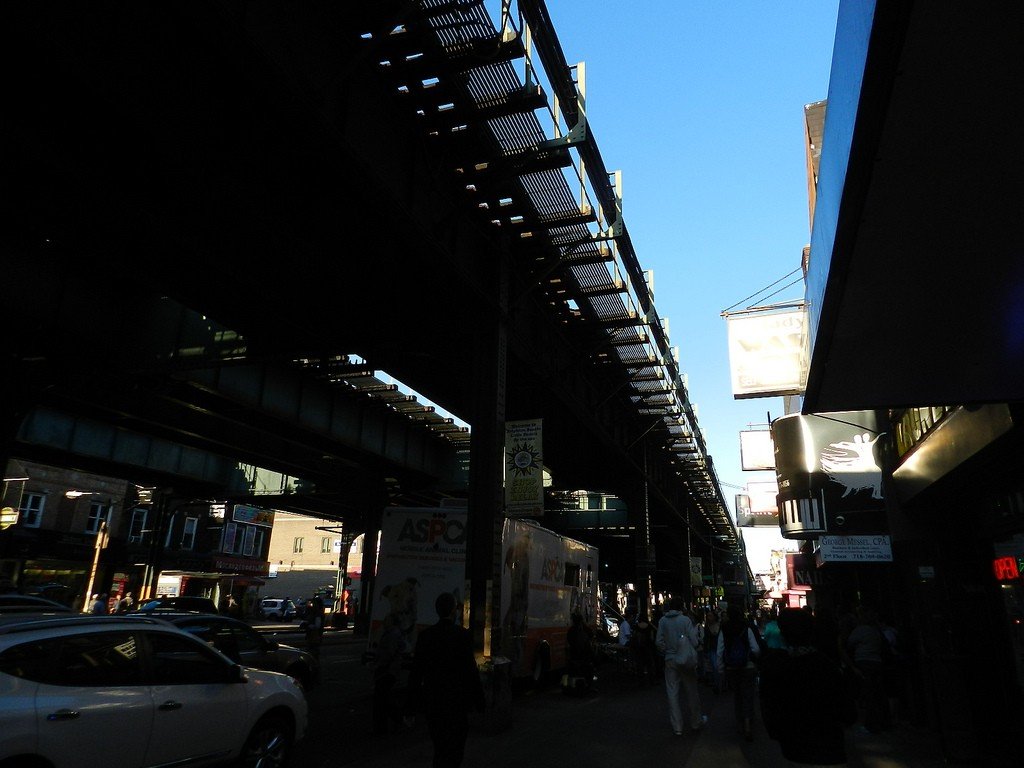
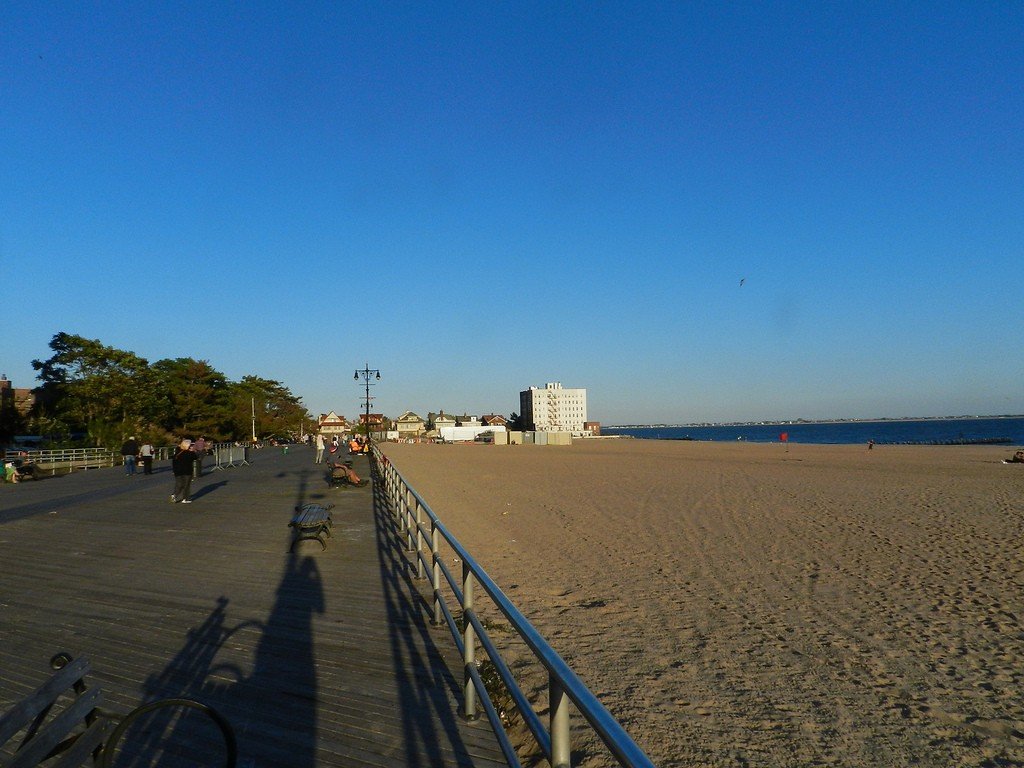
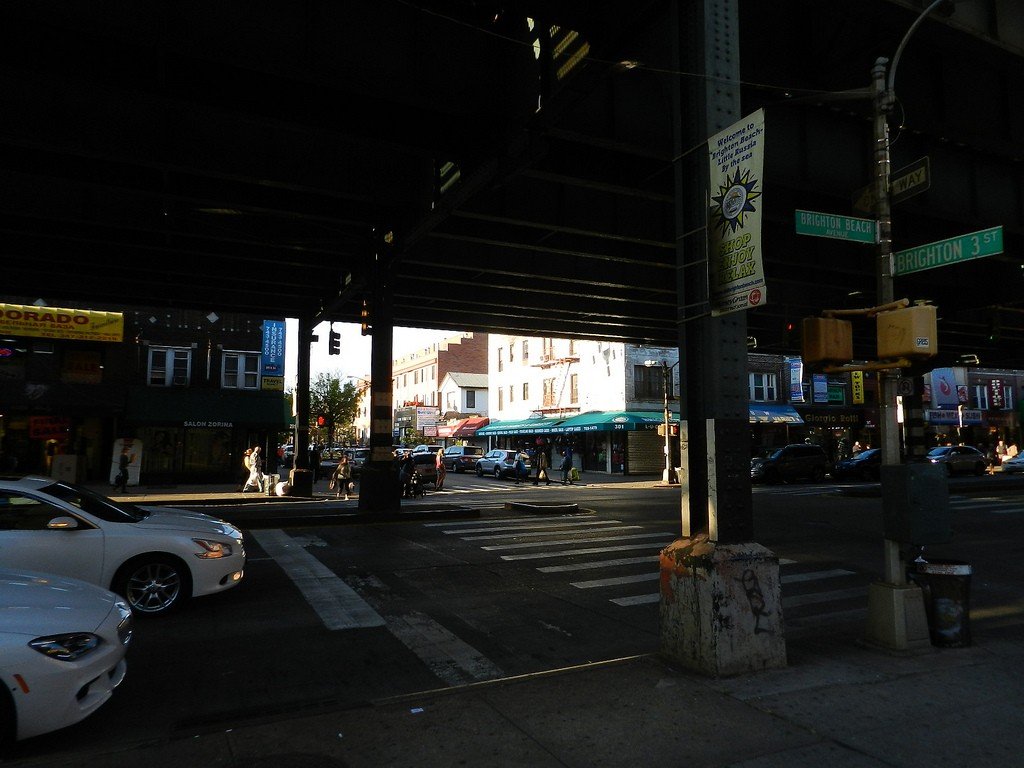
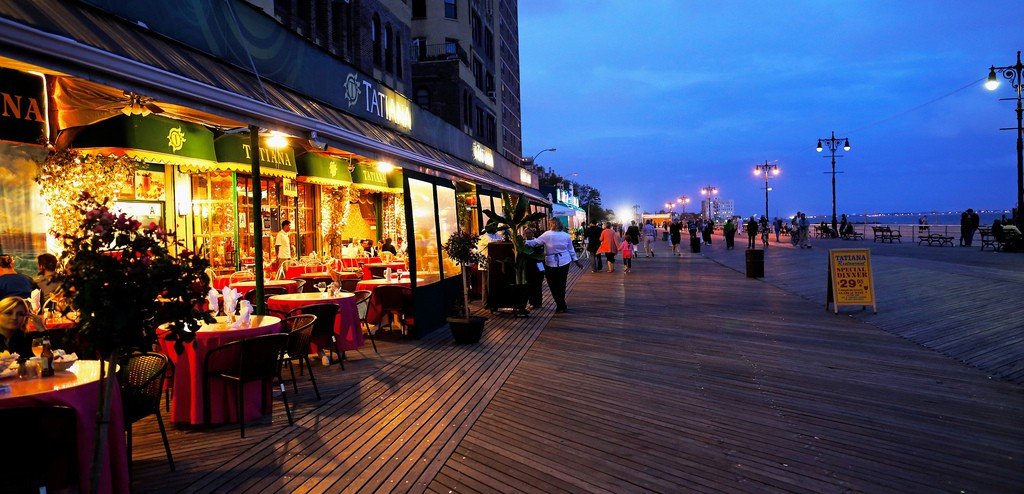
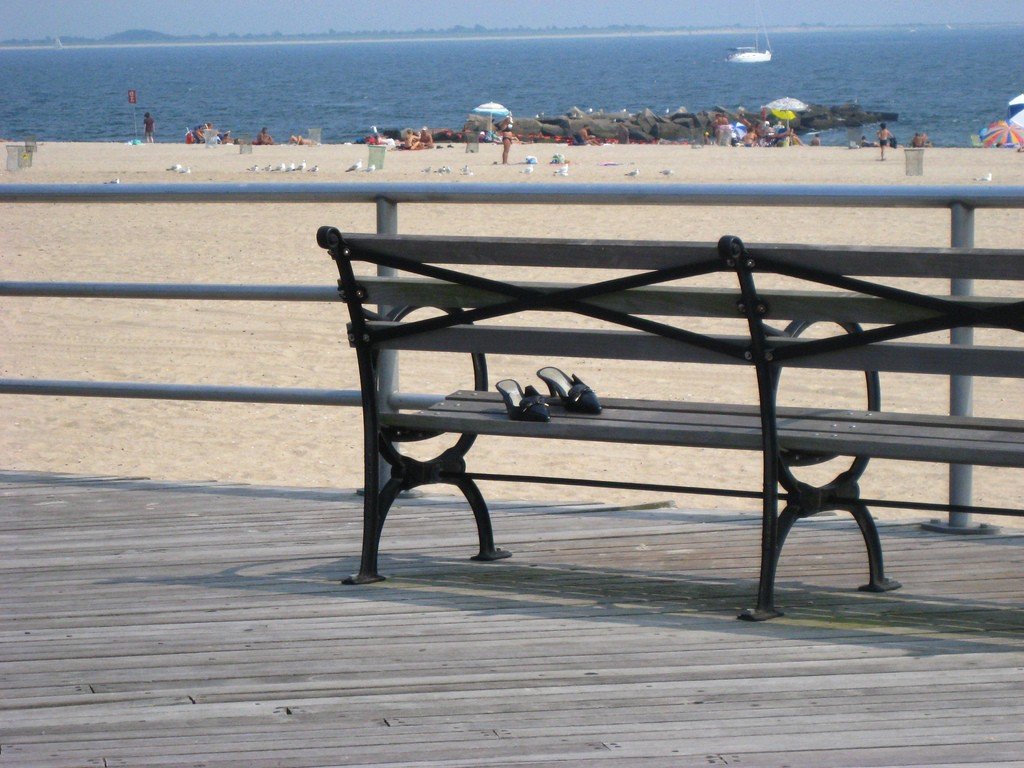
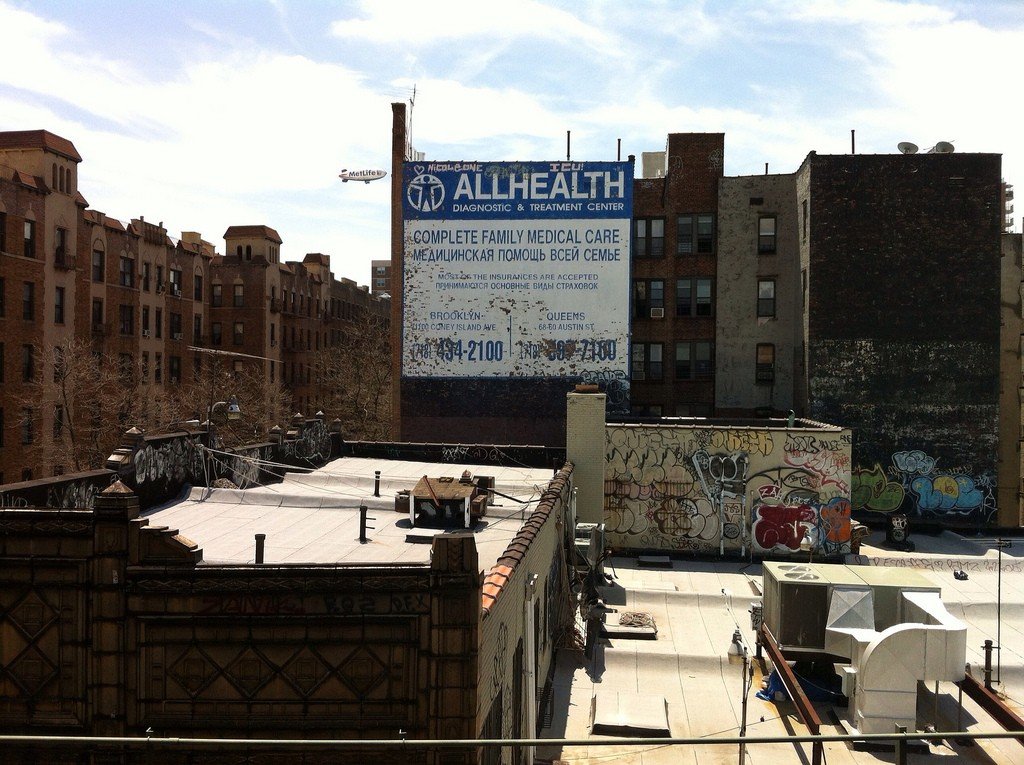
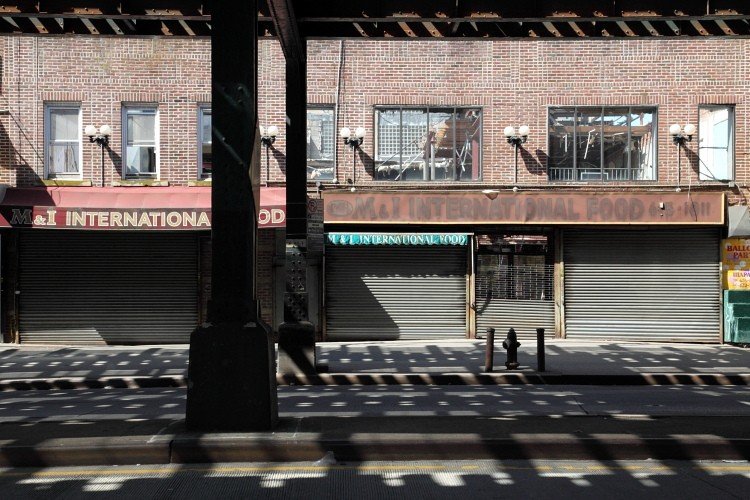
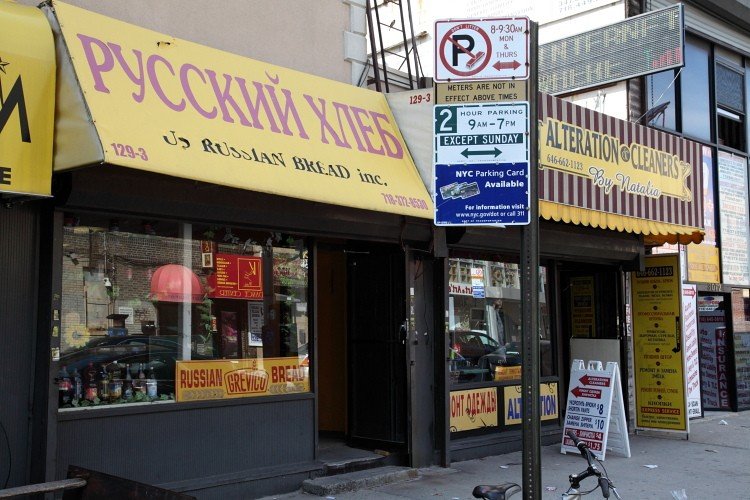
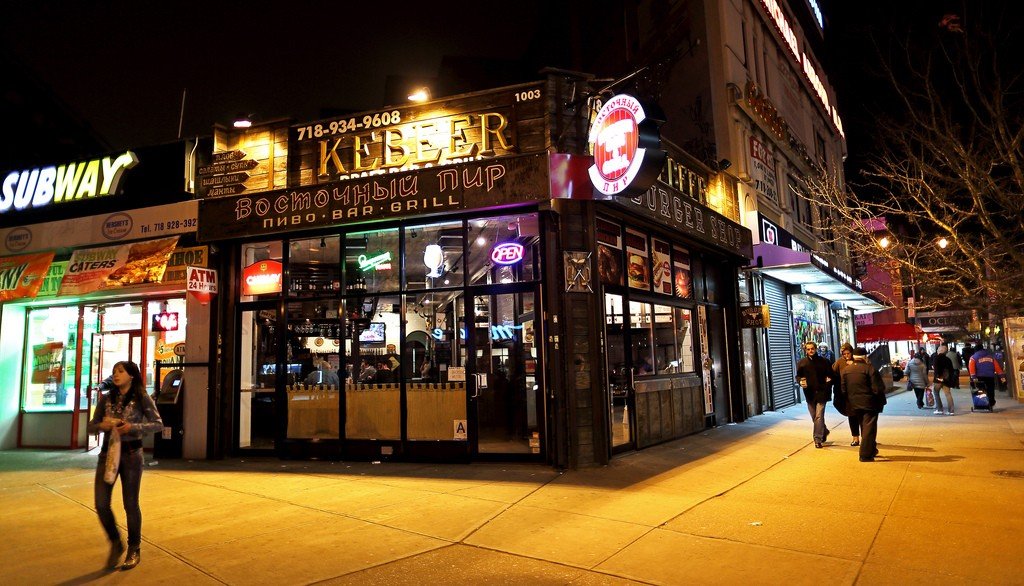
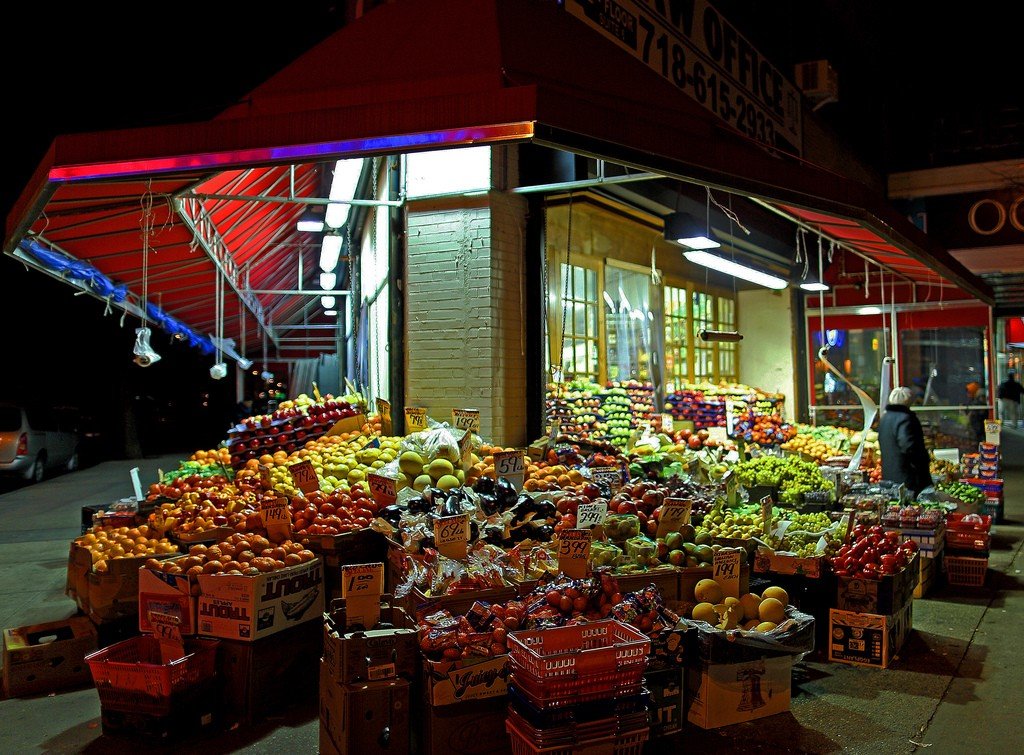
Video: Brighton Beach
History
The history of the neighborhood began much earlier. In the 19th century it was decided to equip the area for a beach resort, which was extremely popular among wealthy Europeans. About the former luxury are reminders of the preserved ruins of columns, baths, etc. However, with the onset of the Great Depression, the poorer strata of New York society began to flock here. Up until the 20th century, the neighborhood was considered unfavorable and unprestigious due to the large number of illegal immigrants and high crime rate.
.Brighton Beach today
Modern Brighton Beach is undergoing rapid change and construction, which is responsible for the growing popularity of the area among Native Americans not only as a place of summer vacation, but also as a permanent place of residence. Russian tourists should definitely visit Brighton Beach!
.The first thing that catches your eye are the signs in Russian: “Odessa”, “Golden Key”, “Ukraine”, “Moscow”. In the windows are shocking inscriptions such as “There is balik on sale”, recalling the times with signs in kiosks: “There is beer”, although more often it was the other way around. However, few people read this sign. Whether there was beer was determined a mile away by the concern of people in line and the mute question in their eyes “what container to fill?”
.
You won’t find stores like those in Brighton in Russia anymore. Nothing has changed here since the 80s. Just like in a museum. Saleswomen in kapron aprons scurry around behind glass display cases littered with smoked fish, sausages and sausages. In some places, former citizens of the Soviet Union hang out in lines they can’t live without. No purchase without a queue will be a pleasure for them. They have to push, fight and buy something at the same time. In general, there is no doubt: it is not good where we are not, but bad where we are.
On leaving the store and approaching the newsagent’s, it will seem that every family in Brighton has its own newspaper or magazine. The range of titles in Russian is impressive. To the local presses are added countless imported ones from Russia.
Finally, after walking around the neighborhood, laughing, taking pictures, sooner or later you get to the ocean promenade. There is no better time to stroll along the last kilometers of the Soviet Union. Carefree old men sit on the benches, talking animatedly about something. They organically fill the space, just as once at countless gray entrances sat all knowing and all seeing grandmothers, and around ran favorite chadovnukes. Memories of times with fantastically low prices and the absence of everything sold at those prices are woven into the sound of ocean waves. The interlocutors continue to share their experiences of trying to get the most scarce things for their families, to get their children into kindergarten and the best school. They argue how it was better to earn money as a private entrepreneur when the very concept was criminal. If you close your eyes at one point while listening, it really does seem to you that Brezhnev is still General Secretary. Perhaps Brighton Beach is today’s single “Soviet-era” theme park. No Spielberg with his dinosaurs and expensive special effects. Just come and shoot your blockbuster – “Back to the USSR!”
.Meanwhile, everything Soviet in Brighton Beach is clustered on this limited stretch of oceanfront. This place is often referred to as “Little Russia.” But if you go further along the pedestrian wooden promenade, then very soon, literally after a kilometer, the color of beach bodies begins to change, you seem to cross an invisible border, there are black backs, characteristic hairstyles “Latinos”. With the offer of drinks and food go not Russian guys, but Mexicans and Italians. Consequently, we are approaching the famous Coney Island (Coney Island), where for a century and a half a huge Ferris wheel is spinning and a variety of rides amuse children.
.Here in huge aquariums you can see almost all the inhabitants of the Atlantic Ocean – from sharks and moray eels to turtles and clams – and in a special water arena you can see a show with trained sea lions.
.Coney Island’s largest and most famous attraction is the Cyclone Rollercoaster, built in 1927 and recently declared a national treasure. In 110 seconds the carriages cover a distance of 800 meters, developing a speed of up to 100 km/h. And I must say, these 110 seconds are worth the five dollars spent on them. The second time in a row to ride can be even for 4 dollars, but those who want to do it is very few.
.
If not to delve into the subtleties, the external impression of Brighton is more than pleasant. The people are cheerful, happy, carefree, as in Stalinist movies of the 30s. Meetings of friends and relatives, music coming from the restaurants, someone’s infectious laughter – all this together creates the atmosphere of a real holiday. The general mood can be transferred to you. You’ll want to party. The friends of globalism are more and more persistently breaking the unity of the atmosphere, gradually reducing the length of the Soviet kilometer to invisible sizes. So if time travel is your dream, it’s worth it to go britnichat now!
.
Brighton Beach’s main hotbed of culture is the Millennium Theatre (1029 Brighton Beach Ave), where touring performers “from the great land”, from Zhvanetsky to Zhirinovsky, perform almost non-stop.
.A dozen blocks north, on North 11th Street, stands Williamsburg’s patriotic citadel, the Brooklyn Brewery. Since the eighties, the brewery has been brewing some very good beer, which is served in almost every restaurant and eatery in Brooklyn. They offer free tasting tours of the factory every Saturday, and on Fridays from 6-11pm they host Happy Hour and pour eight beers for $3 a mug.
.How to get there
You can get to this neighborhood by subway, the terminus of the “B” branch is called Brighton Beach, however, you’ll know you’ve arrived by the streets. “Our” faces are instantly recognizable. Unlike “not ours”, everything is written on them: mood, marital status, wealth, attitude to others. They are more honest than American ones at least, a smiley face is not automatically imprinted on them. If the owner of this face dislikes someone, he does not have to open his mouth to express his emotions verbally. The face itself says, “Stay away!”
.By the way, the subway train flying over Brighton, our people dubbed as always inimitable and in English inexpressible – “a minute of silence” – it is impossible to speak to the sound of rumbling iron.
.From Manhattan to Brighton Beach there are trains with a circle on the number (i.e. local) and with a diamond (i.e. express). It’s better to take the express.
.
